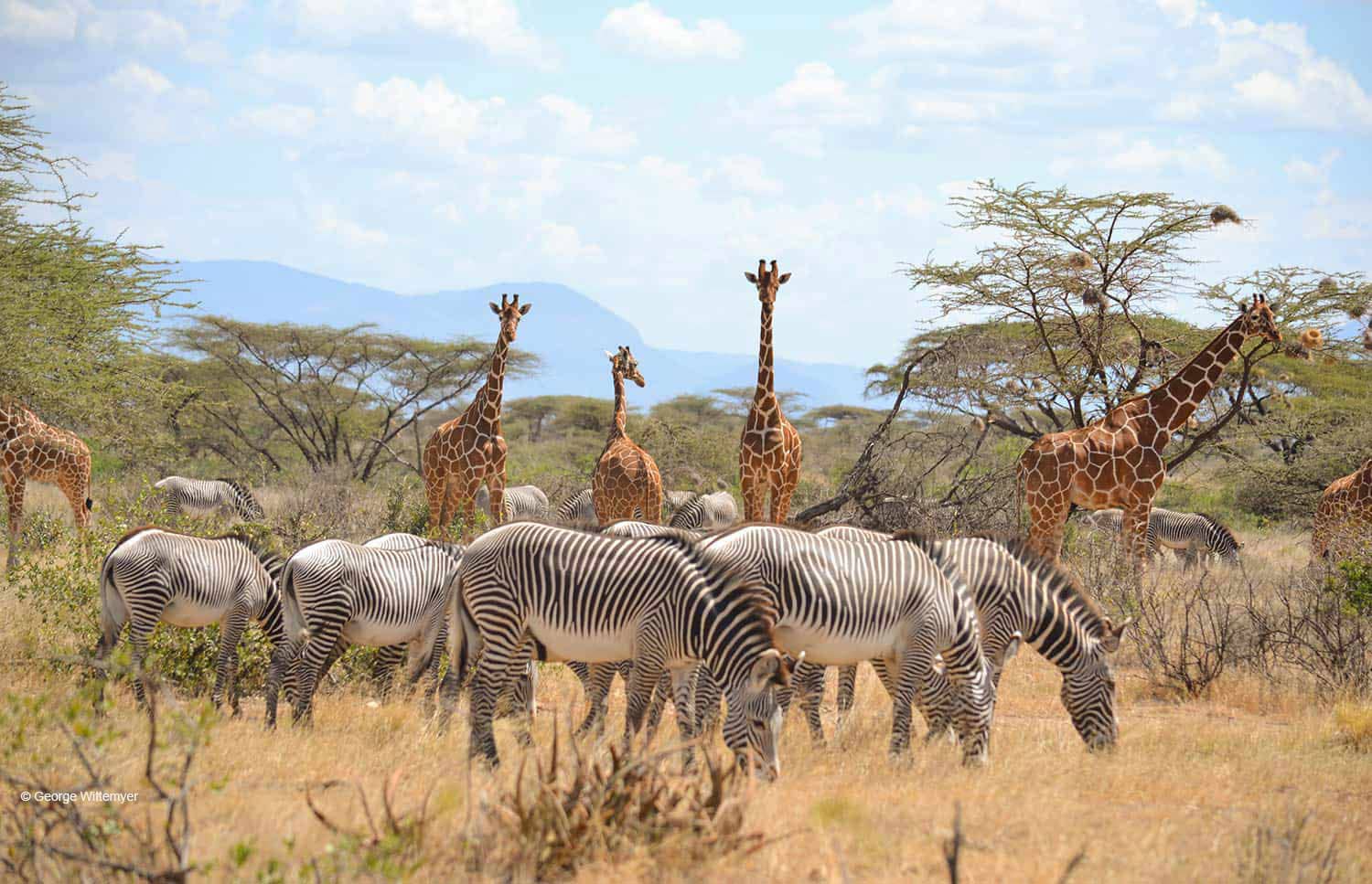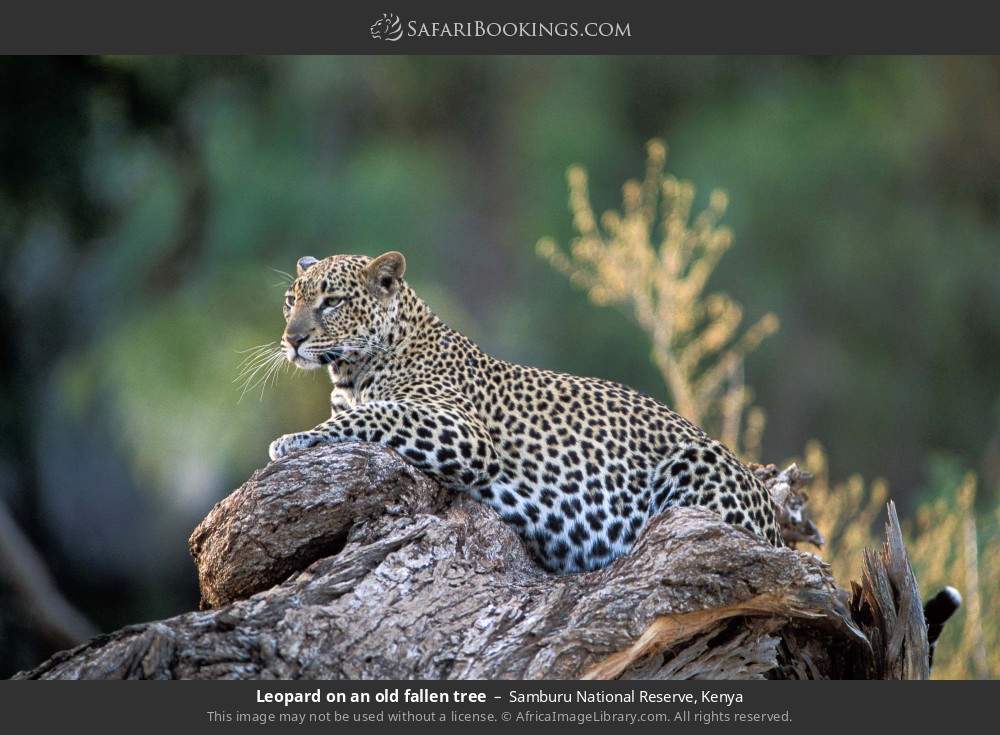
Samburu National Reserve
Samburu National Reserve is Kenya's premier northern safari destination featuring the rare Samburu Special Five wildlife species, stunning semi-arid landscapes, and authentic wilderness experiences with fewer crowds than southern parks.
reserve
About Samburu National Reserve
Samburu National Reserve is a pristine wilderness area located in Kenya's rugged Northern Frontier District, offering an authentic and less-crowded safari experience compared to southern Kenya's famous parks. Situated along the Ewaso Nyiro River, this 165-square-kilometer reserve features semi-arid landscapes with acacia woodlands, rocky outcrops, and riverine forests that create a dramatic and visually stunning environment. The reserve's life source is the permanent Ewaso Nyiro River, which attracts abundant wildlife year-round and supports diverse ecosystems. Samburu is renowned for hosting the "Samburu Special Five" - unique species found primarily in this region including Grevy's zebra, reticulated giraffe, Somali ostrich, Beisa oryx, and gerenuk - making it exceptional for wildlife viewing and photography. The reserve maintains strong wilderness appeal with fantastic predator territory, excellent game-viewing opportunities, and relatively few tourists compared to other Kenyan parks. Samburu is part of an ecosystem that includes Buffalo Springs and Shaba National Reserves, collectively offering comprehensive wildlife viewing experiences. The reserve is accessible year-round but offers the best wildlife viewing during dry months (June-September and January-February) when animals concentrate around water sources. Accommodation ranges from basic public campsites to private budget camps and luxury tented lodges, with most safari packages including guided game drives, meals, and cultural experiences with local communities.
Wildlife to See
Flora & Vegetation
Activities & Experiences
Landscape & Terrain
Semi-arid terrain with acacia woodlands, rocky outcrops, and dramatic escarpments. The landscape is dominated by the Ewaso Nyiro River valley with riverine forests providing shade and water. Vegetation includes scattered acacia trees, desert shrubs, and grasses. The terrain is relatively compact and easy to navigate, with varied topography creating scenic vistas.
Conservation Efforts
Samburu National Reserve is actively involved in protecting endangered species, particularly the Grevy's zebra and other Samburu Special Five species. Community conservancies work alongside the reserve to create wildlife corridors and protect habitats. Conservation programs focus on balancing wildlife protection with local community needs and sustainable tourism development.
Local Communities
Samburu is home to the Samburu people, a semi-nomadic pastoralist community with rich cultural traditions. Many safari packages include cultural visits to local villages where visitors can learn about traditional ways of life, crafts, and customs. Community conservancies surrounding the reserve provide employment and support sustainable tourism that benefits local populations.
Photography Tips
Best light for photography is early morning and late afternoon during golden hours. Dust in dry season can create hazy conditions but also dramatic lighting. Bring telephoto lenses (200-400mm) for wildlife. The river provides excellent opportunities for wildlife photography. Polarizing filters help reduce haze. Sunrise and sunset over the Ewaso Nyiro River offer spectacular shots.
Quick Information
Established
1948
Size
165 km²
Elevation
800 meters
Recommended Duration
3 days
Entry Fee
$70 USD
Average Cost/Day
$237 USD
Best Time to Visit
Best wildlife viewing occurs during dry months: June to September and January to February. During these periods, animals concentrate around the Ewaso Nyiro River, making them easier to spot. Avoid November and April (peak wet season) when wildlife disperses and long grass obscures visibility. December to March and July to October are high season with more tourists. April to June is low season with potential discounts.
Getting There
From Nairobi, drive north approximately 5-6 hours (320 km) via the A109 highway. Alternatively, fly from Nairobi to airstrips at Samburu (Samburu Airstrip or Buffalo Springs Airstrip). Most safari packages include road transfers from Nairobi. Self-drive is possible but a 4x4 vehicle is essential.
Nearest Airport: Samburu Airstrip (within reserve); Nairobi Jomo Kenyatta International Airport (JKIA) is the main international gateway
Nearest Town: Isiolo (approximately 80 km south); Nanyuki (approximately 120 km south)
Accommodation Options
Conservation Status
Protected National Reserve with active conservation efforts for endangered species, particularly Grevy's zebra and other Samburu Special Five species. Community conservancies surrounding the reserve support wildlife protection and sustainable tourism.
Start Planning Your Visit
Compare packages from verified operators and find the perfect safari experience

